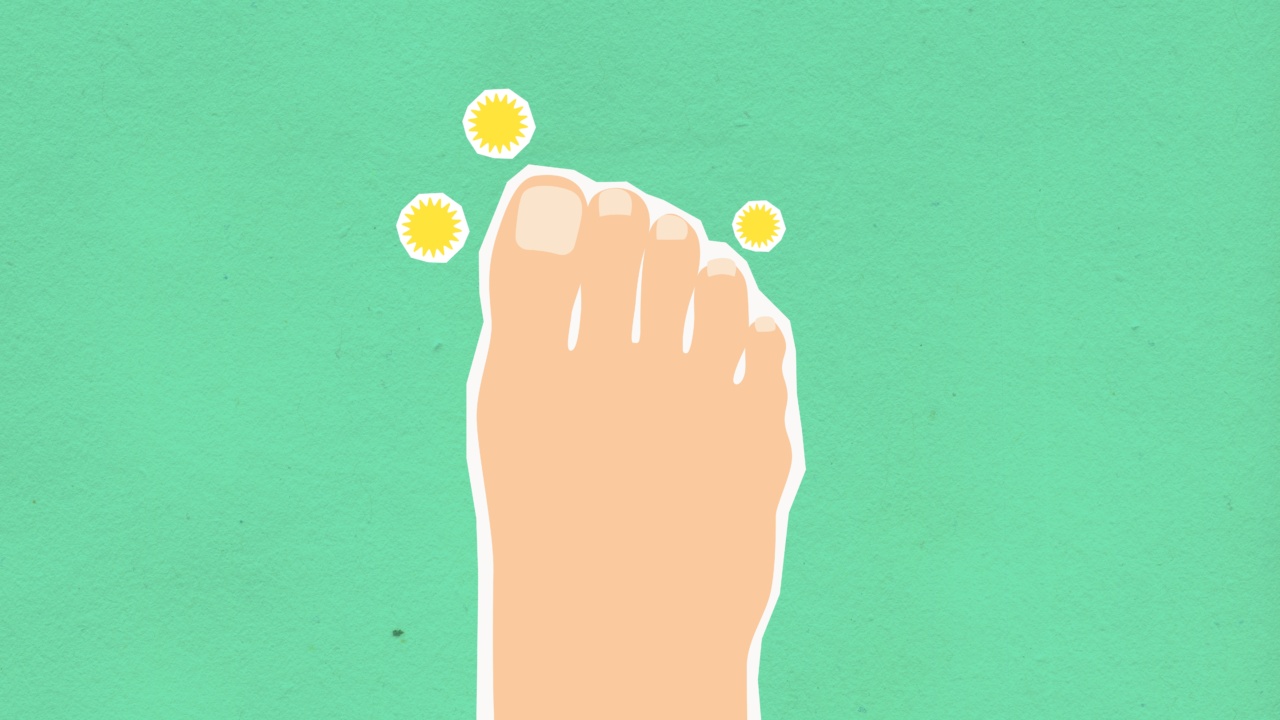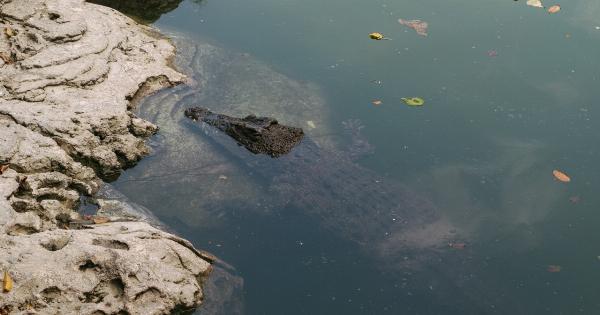Our feet, often overlooked and taken for granted, are actually home to a variety of microorganisms that can pose a threat to our health.
These organisms, known as pathogenic organisms, have the potential to cause infections and diseases if they are not managed properly. Understanding the risks associated with these organisms and taking necessary precautions can help us maintain healthy feet and prevent the spread of harmful infections.
What Are Pathogenic Organisms?
Pathogenic organisms are microorganisms, including bacteria, viruses, fungi, and parasites, that have the ability to cause diseases in their hosts.
They can be found in various environments, including our skin and nails, and can be easily transferred from one person to another through direct contact or contaminated surfaces.
The Role of Pathogenic Organisms in Foot Infections
When it comes to foot infections, pathogenic organisms play a significant role. Conditions such as athlete’s foot, fungal nail infections, and foot ulcers can all be caused by these harmful microorganisms.
In addition, pathogenic organisms can also cause serious infections in individuals with compromised immune systems, such as diabetics or those with poor circulation.
Common Pathogenic Organisms Found in Our Soles
Several pathogenic organisms commonly found in our soles include:.
1. Staphylococcus aureus
Staphylococcus aureus, commonly known as Staph, is a bacterium responsible for various infections, including skin infections and abscesses. It can easily enter the body through open cuts or wounds on the feet.
2. Candida
Candida is a type of yeast that can lead to fungal infections. It thrives in warm and moist environments, making our feet an ideal breeding ground. Common fungal foot conditions, such as athlete’s foot and toenail fungus, are caused by Candida.
3. Human Papillomavirus (HPV)
Human papillomavirus, or HPV, is a viral infection responsible for causing plantar warts. These warts often appear on the soles of the feet and can be painful and resistant to treatment.
4. Pseudomonas aeruginosa
Pseudomonas aeruginosa is a bacterium commonly found in soil, water, and even on our feet. It can cause infections in open wounds and breaks in the skin, leading to conditions such as cellulitis.
Preventing the Spread of Pathogenic Organisms
Practicing good foot hygiene is crucial for preventing the spread of pathogenic organisms. Here are some tips to keep in mind:.
1. Wash Your Feet Regularly
Thoroughly clean your feet daily with warm water and mild soap. Pay special attention to the spaces between your toes, as these areas are prone to bacterial and fungal growth.
2. Keep Your Feet Dry
After washing your feet, make sure to dry them thoroughly, especially between the toes. Moisture creates an ideal environment for pathogenic organisms to thrive.
3. Wear Breathable Footwear
Avoid wearing tight or non-breathable shoes for extended periods. Opt for shoes made of natural materials or those specifically designed to allow ventilation, reducing moisture buildup.
4. Change Socks Regularly
Wear clean socks made of moisture-wicking materials to help keep your feet dry. Change your socks daily, especially if you tend to sweat excessively.
5. Protect Your Feet in Public Areas
Use appropriate footwear, such as flip-flops or shower shoes, in public places like swimming pools, gym locker rooms, and communal showers. These measures help reduce direct contact with potentially contaminated surfaces.
6. Avoid Sharing Footwear and Personal Items
Sharing shoes, socks, and other personal items can facilitate the transfer of pathogenic organisms between individuals. Always use your own footwear and avoid borrowing or lending them to others.
7. Treat Existing Infections Promptly
If you suspect a foot infection, seek appropriate medical treatment promptly. Prompt treatment can help prevent the infection from spreading and minimize the risk of complications.
Conclusion
Pathogenic organisms present in our soles can pose a significant threat to our foot health.
By understanding the risks associated with these microorganisms and implementing good foot hygiene practices, we can reduce the likelihood of infections and promote healthier feet. Don’t underestimate the importance of foot care in maintaining your overall well-being.





























